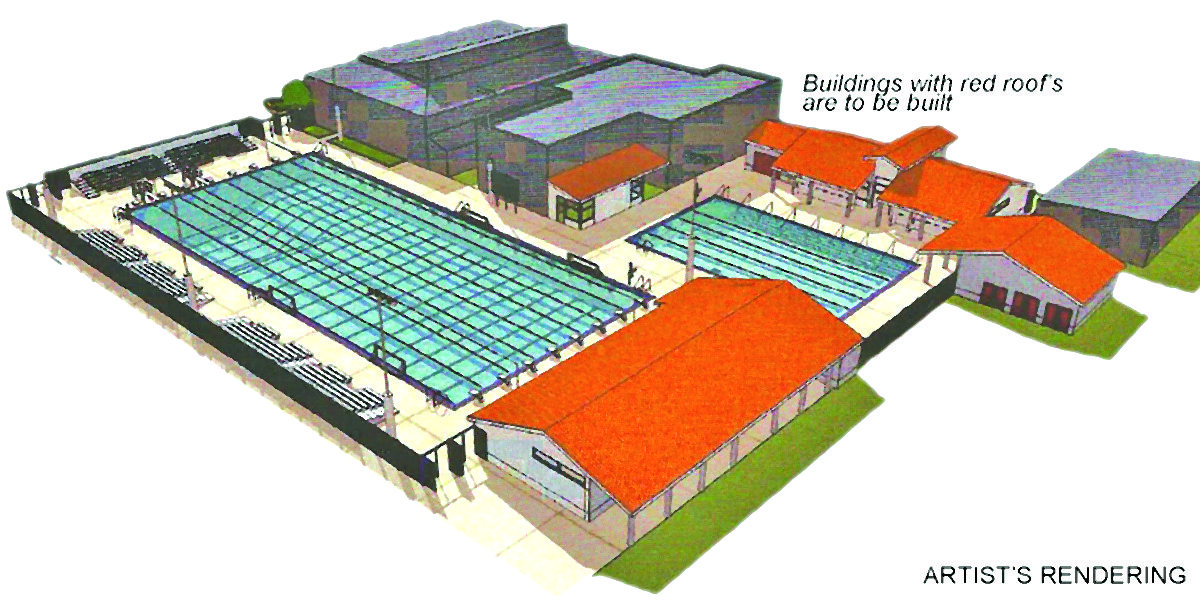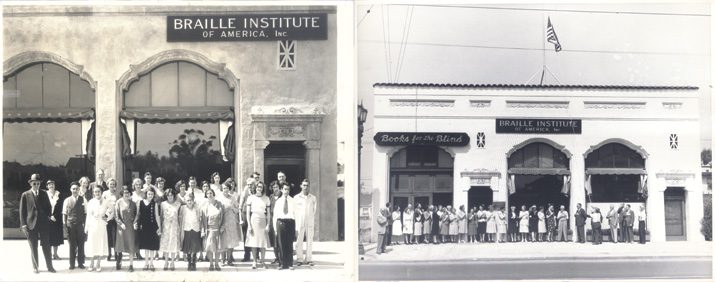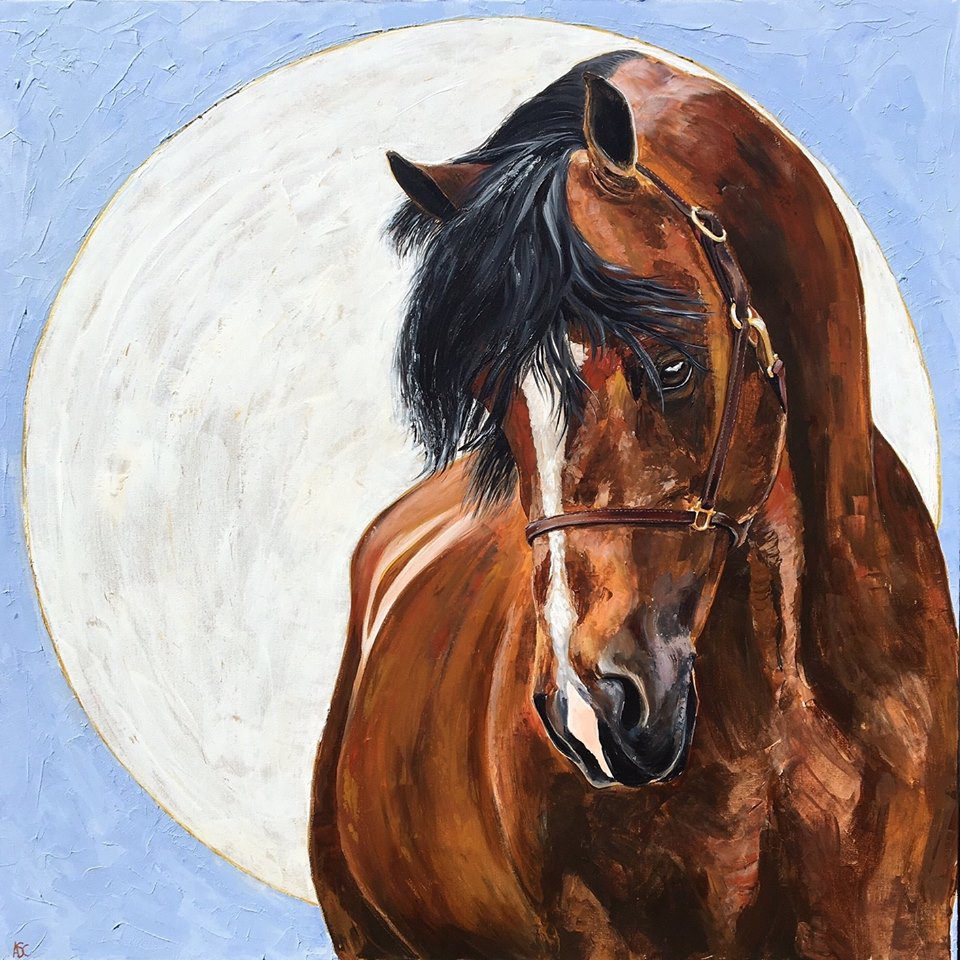By Elverhoj Museum Staff and Ann Dittmer for historical research
NOTE: Elverhøj is honoring Solvang’s founding in 1911 and its 110th anniversary using the theme “Skål Solvang – Celebrating 110 Years of History & Culture.” This is the May installment in a year-long series of emails highlighting community milestones.
In its early years, downtown Solvang served the agricultural and everyday needs of the community. There were no windmills, tourist-oriented businesses or wine tasting rooms as we see today. Architecture in town gave no hint of the Danish heritage that deeply infused the lives of the settlers. The central business district was principally located on Main Street or, as it is known today, Copenhagen Drive.
Buildings were practical and simple, and development of the town center was haphazard. Houses and businesses were interspersed along unpaved streets. Milk cows wandered through yards. Fields of vegetables and chicken ranches were only a block away. There were no stop signs, no sidewalks or curbs — a condition that would last for decades.

Sophus Olsen’s Solvang Store was the first business in town. Located on Gaviota Road (now Alisal) near the corner of Main Street, the goods in the general store were acquired from a grocer in Los Olivos.
As cars and better roads came to Solvang, so did a new kind of business — the service station. The first was Solvang Garage, opened in 1913. The tin building stood on the northeast corner of Lompoc and Gaviota roads (which are now Mission Drive and Alisal Road) at the site of Svendsgaard’s Lodge. Another early business was tied to the Danish dairy farms that dotted the valley. The Santa Ynez Valley Creamery occupied a cinderblock building at the west end of Main Street. H.C. Hansen and Son Meat Market, founded in 1918, was where residents went for meat and Danish specialties like rullepølse and medisterpølse.
Perhaps no other business in town drew more interest than the pool hall, pictured in 1915 when it was located in the back of the Solvang Confectionary Store on Main Street. A local newspaper advertised the “largest drinks — the best cigars — the coolest place in Solvang.”
By 1920, the town’s population was 406. Electricity arrived in 1923. The first electric street lighting grid arrived just before Christmas in 1925 and the demand for businesses grew.
Solvang — built to be functional, practical and useful — served the wider community well. A laundry, blacksmith, drug store (for humans and animals), bakery, two feed stores, a bank, two lumberyards, clothing stores and two grocery stores were a few of the businesses that served area residents.
The shelves were well stocked at Nielsen & Petersen general store, pictured around 1925. The original store structure, like many in the downtown, lives on, redressed in Danish Provincial style. Next time you shop at Rasmussen’s, look for the skylight shown in the image.







